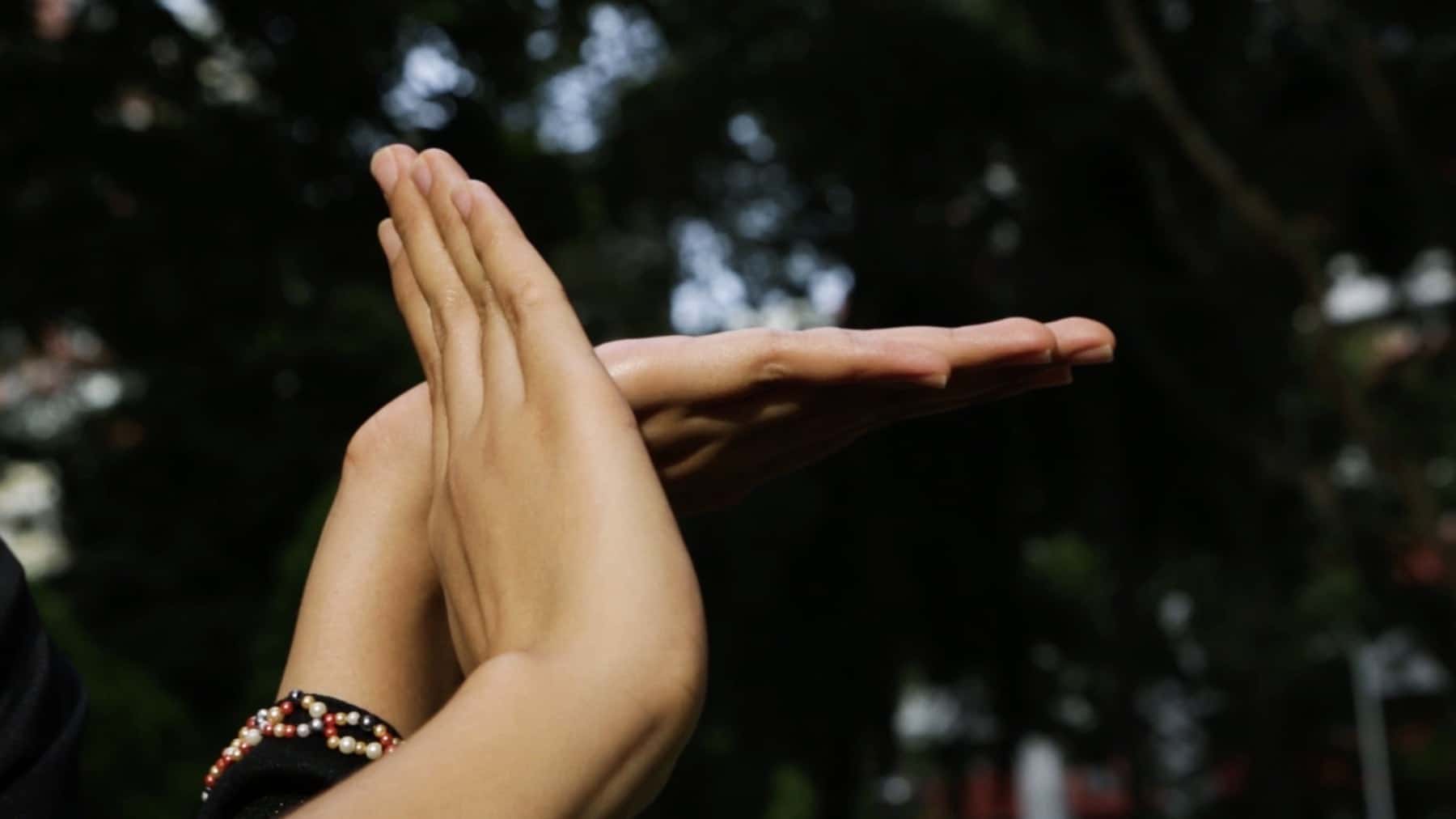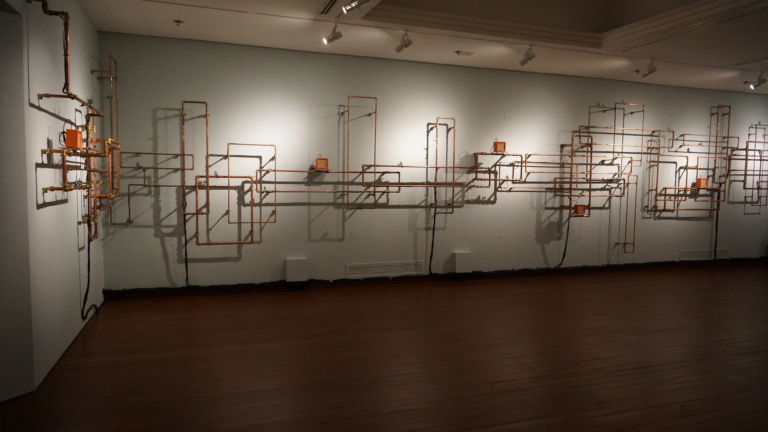“Things people make, make people” – Daniel Miller
In our fast-paced, late-capitalist world of mass commercialisation, it is easy to think of man as distinct from, and superior, to the material world. Objects seem to exist as either passive, inanimate possessions of human ownership, or mere testament to the ingenuity of human creation. But, as Madonna has been saying (singing) since 1985: we are living in a material world, and we are all material girls. We are indelibly intertwined with our material objects, which often have affective power in our lives, and are steeped in rich layers of history and meaning of their own.
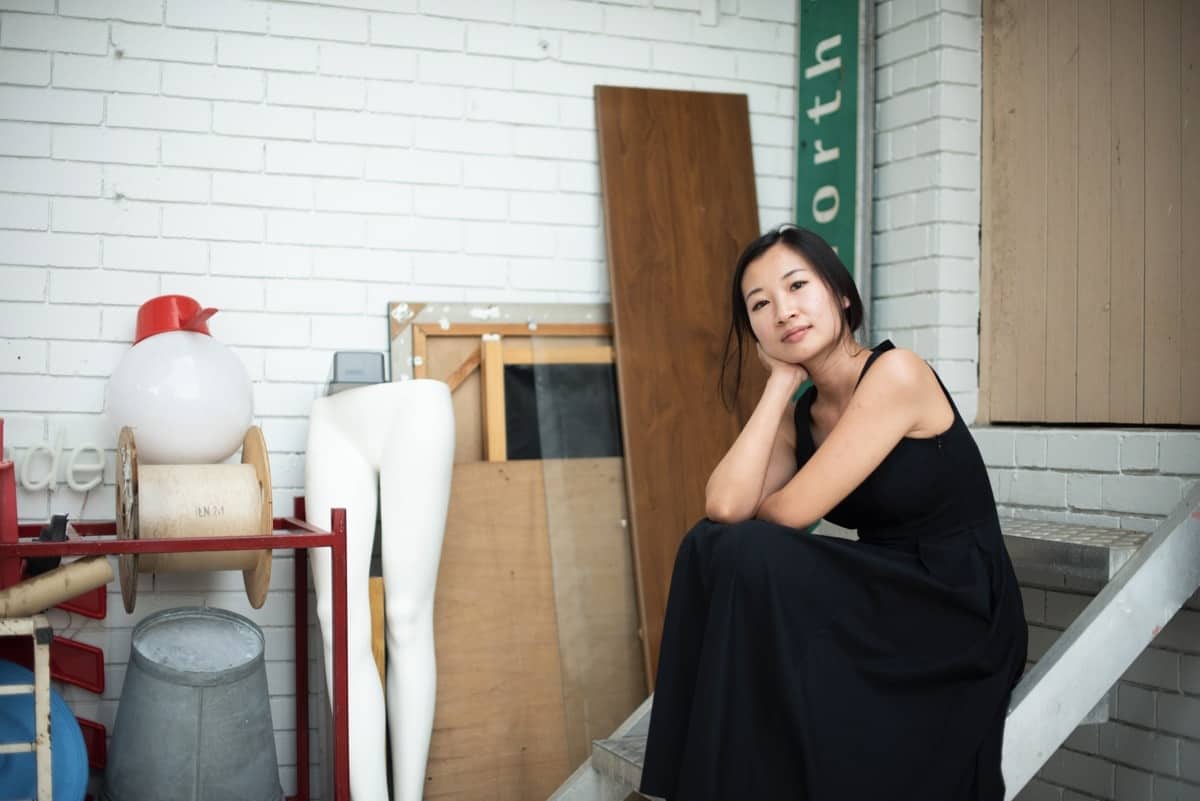
Alecia Neo’s ramah-tamah (meaning a friendly atmosphere) is a poignant reminder of this close relationship between people and material culture. The video project is a part of the ACM’s Home, and Away exhibition, held in conjunction with this year’s Singapore Heritage Festival. Home, and Away focuses on the histories and stories of people who have crossed the globe to migrate from one home to another, particularly in the context of trade. With COVID-19 and the closure of Singapore’s museums, the entire exhibition has been made available online and accessible 24/7. Using the humble betel box as a reference point, the twelve-minute long ramah-tamah explores the role of ritual in home-making and female domesticity, which contributes more widely to themes of identity, legacy, and tradition. This is in keeping with Neo’s previous work, where she has consistently delved into subjects closely tied with community and everyday life.
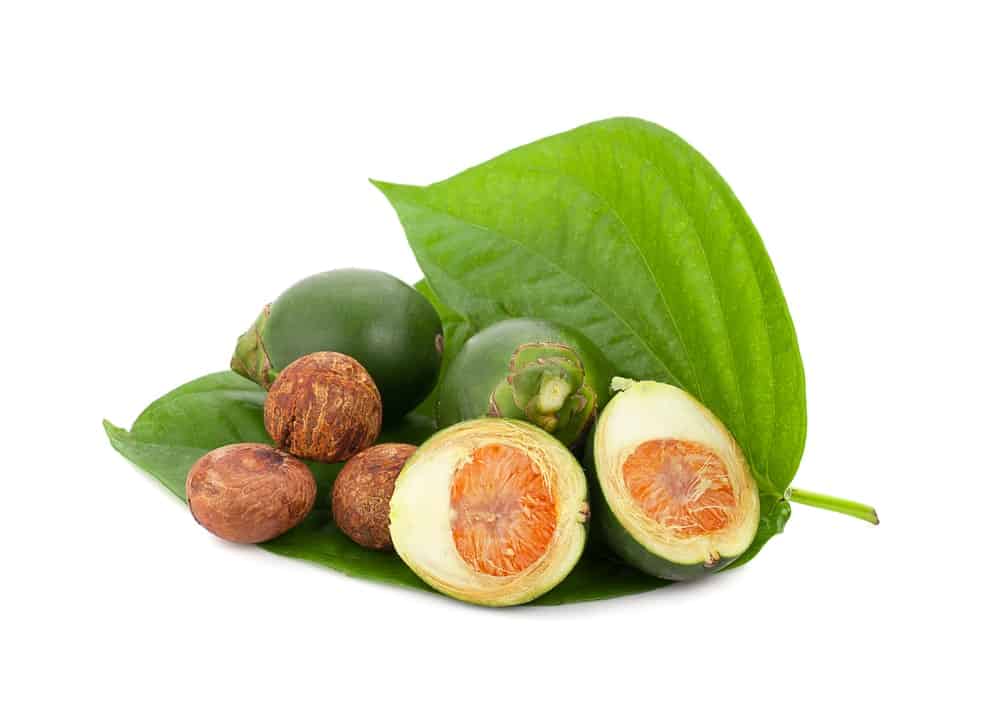
The practice of betel chewing has a long history, going back some 2,000 years and spanning multiple continents, from Africa to Asia to Oceania. Slivers of areca nut are mixed with slaked lime and folded in a betel leaf to form a triangular, bite-sized quid, which is chewed as a masticatory. Its popularity can be attributed to its effects as a mild stimulant, as well as its touted medicinal properties. Its long-lived and widespread use has led to the practice of betel chewing and the betel quid itself acquiring much cultural and symbolic significance, particularly in the areas of hospitality and courtship. In many parts of Asia, betel quids were offered to guests when they visited a home, with the logic that they helped facilitate social interaction. They were also central to courtship and marital practices in many cultures, as symbols of romantic love. Traditionally, the ingredients needed to make the betel quid were kept in a box with multiple jars to contain each individual ingredient. These varied enormously in style and elaboration, and could be made of anything from wood to precious metals like silver. The stunning betel box set featured in ramah-tamah, with its intricately engraved silver jars, is a Peranakan antique over a hundred years old and had been previously been used in at least two wedding ceremonies, as gift from the bride to the bridegroom, symbolising her purity.
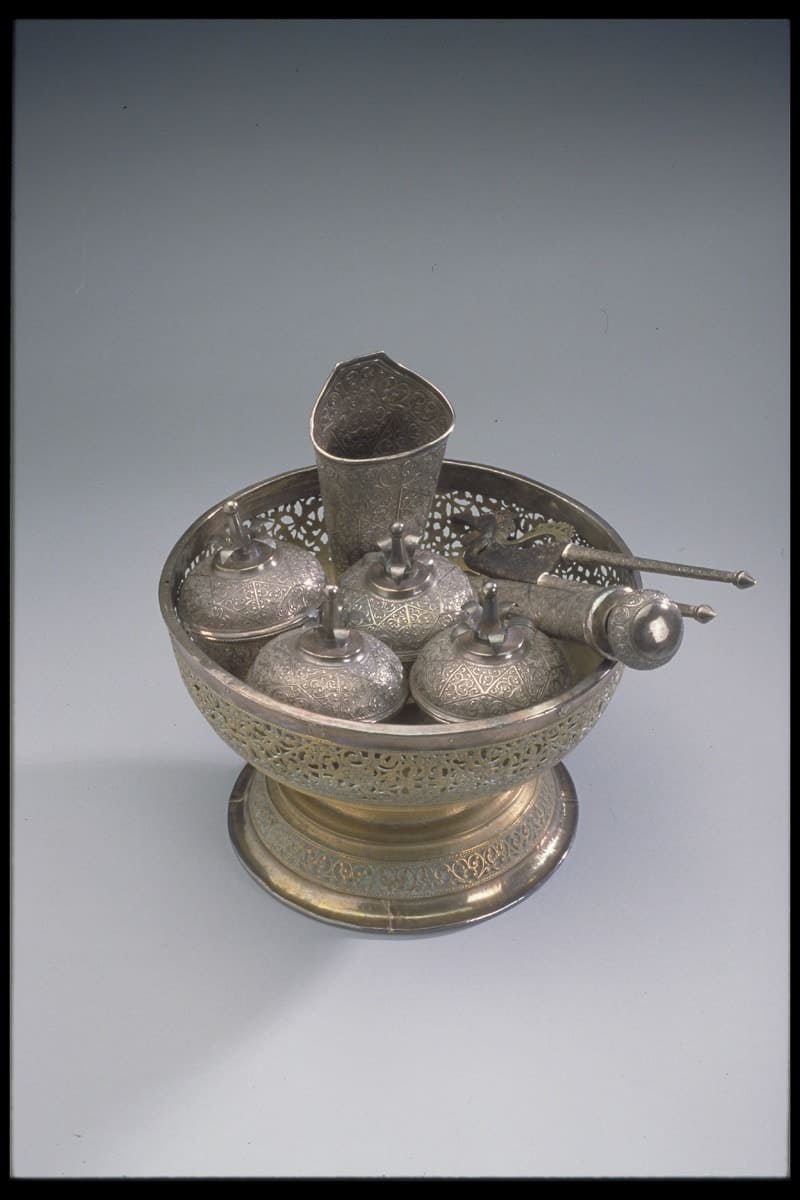
There is also a betel nut cutter (kacip), designed like the head of a bird. The tubular implement next to it is a mortar and pestle (gobek or gucu) to mash the areca nut. The royal crest of Kedah on the upper rim suggests that it might have been presented as a state gift. Image courtesy of the Asian Civilisations Museum.
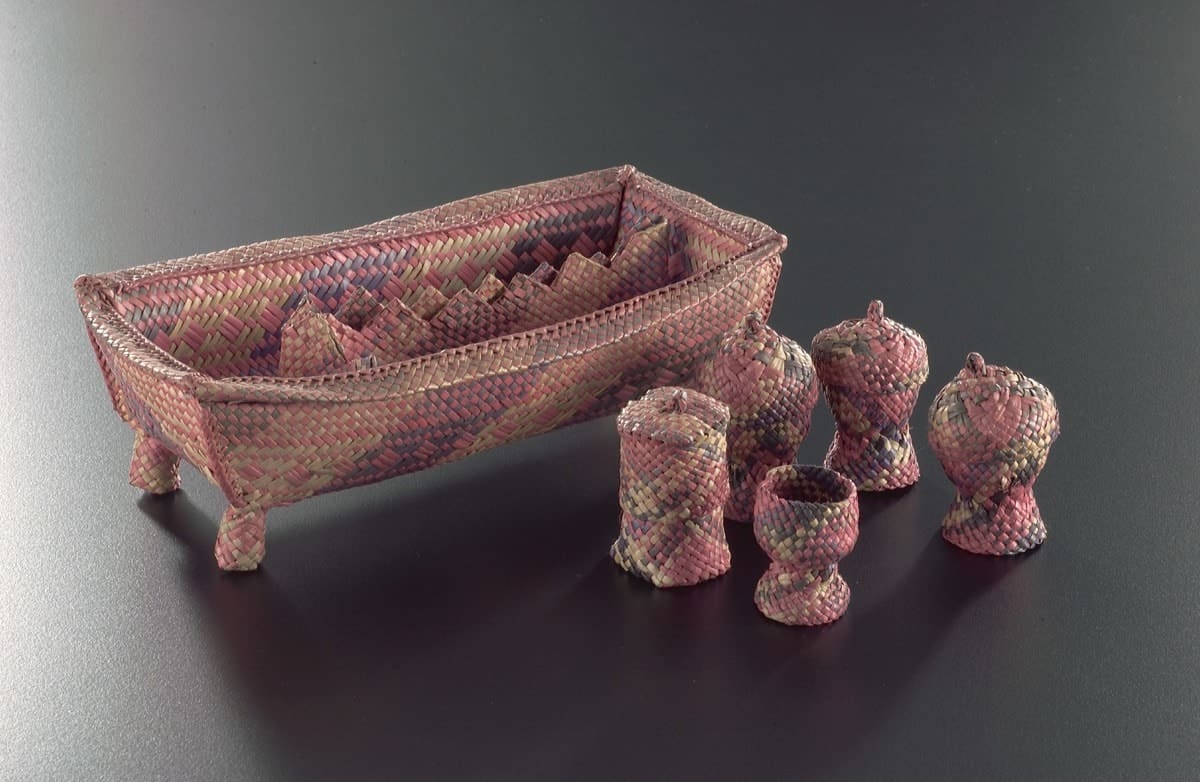
This wonderfully woven Acehnese set was made by coiling fern fibres above and below a rattan framework. Variously coloured fibres were used, and they form patterns inspired by the ikat motifs seen on shoulder cloths worn by Acehnese and Batak peoples of northern Sumatra. The exceptional quality indicates its possible use for formal occasions.
Image courtesy of the Asian Civilisations Museum.
In the later centuries of its practice, betel chewing became particularly associated with femininity and womanhood. Colonialism introduced tobacco smoking to Asia and, in many cases, replaced betel chewing as the predominant recreational practice of the local male populations. It was therefore women who remained the primary group of betel chewers, a gendered dimension which Alecia Neo hones in on in ramah-tamah. In sinuous, measured movements, the two women in the video enact a dance that follows a woman’s life as centred around the ritual of betel chewing, demonstrating how the practice is integral to her experiences of coming-of-age, inheritance, and ageing. We are thus made to consider the intimate and visceral role betel chewing has had in countless lives, and acknowledge its historicity. Objects like the betel quid and the betel box become grounded in a sense of realism—a quality that is all too often forgotten in the space of a museum, where objects displayed are decontextualised and artificially removed from the normal flow of time. In so doing, ramah-tamah successfully rehumanises a rapidly-declining tradition and gives agency to the material culture surrounding it.
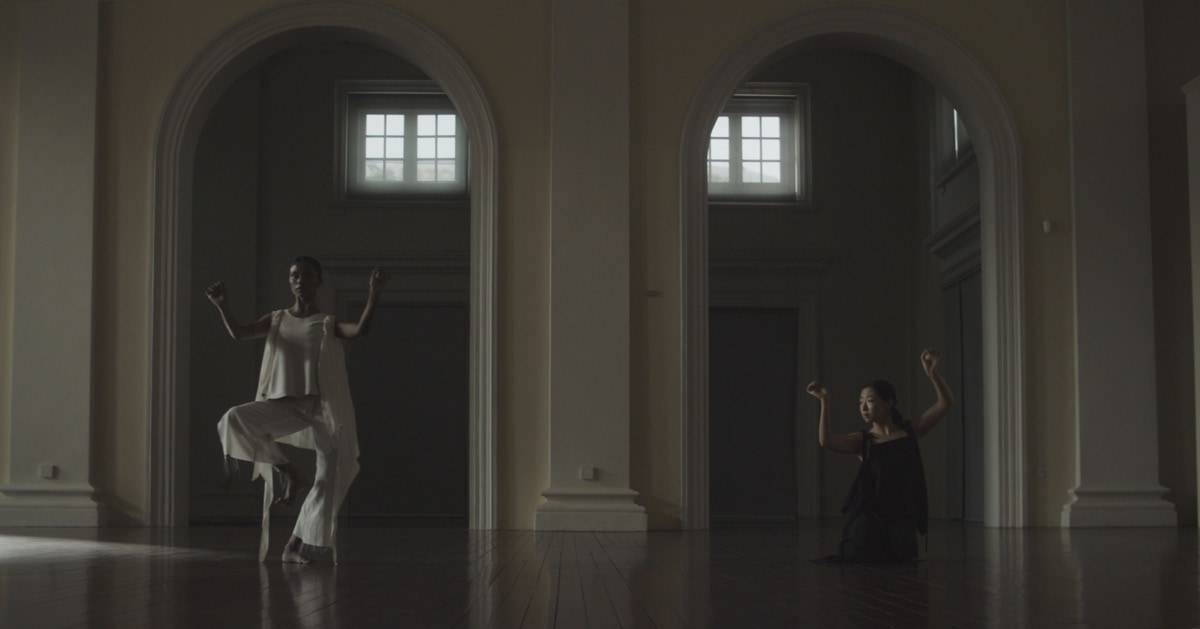
More than that, ramah-tamah breathes new life into the ritual of betel chewing by questioning its relevance and role in Singapore’s society today. The video’s soundtrack, which features a mix of Alecia’s quiet narrative prose, liltingly recited pantuns (a form of traditional Malay poetry), and overlapping voices, creates a palpable tension and subtle discomfort that is perfectly captured in the video’s last line: where do we go from here? While the practice of betel chewing has now all but disappeared in Singapore, opening up a dialogue around it achieves the same function of encouraging socialisation and building relations. Alongside the video project itself, ramah-tamah’s page on the ACM website contains behind-the-scenes footage and multiple audio clips from interviews Neo recorded while conducting research. These additional snippets allow us a glimpse into the web of collaboration and relations that were forged in the production of the video, truly encapsulating the convivial spirit of ramah-tamah.
__________________________
Feature image courtesy of Alecia Neo.
Intrigued? Want to know more? Join artist Alecia Neo, performers Sandhya Suresh and Kyongsu Kathy Han, director of photography Khairul Amin, and composer Li-chuan Chong for a live online talk “Chew on This: Discussions and Collborations” today, Saturday, 4 July at 2:30pm.
